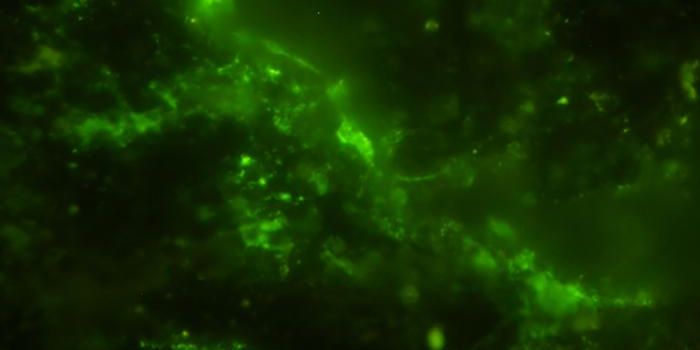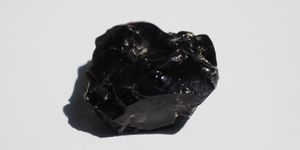The Dust Dynamics of Martian Helicopters
Helicopters – or rotorcrafts – are being included in current and future missions to explore other worlds in our Solar System with more frequency as of late. There are many benefits to these types of craft, as they are more mobile than rovers, but these kinds of craft may cause problems of their own.
Ingenuity is a rotorcraft that has been exploring Mars since it landed on the planet in February 2021 with NASA’s Perseverance rover. A new study published in the Journal of Geophysical Research: Planets presents the first real-world study of Martian dust dynamics based on flight data obtained by the Perseverance rover.
Mars is an extremely dusty planet; it has small dust devils and can also have extreme storms that encompass the entire planet. This dust can cause huge problems for research missions, causing constant challenges. In fact, the InSight mission ended recently because of dust. InSight’s solar panels were continuously showered in dust, which decreased their efficiency and the amount of power they produced. In the end, the solar-powered batteries that provided energy to operate the lander ran out of power.
Researchers at the Stevens Institute of Technology, the Space Science Institute, and the Jet Propulsion Laboratory studied how the dust on Mars was affected by Ingenuity. They based their work on videos of Ingenuity’s historic first flights on the red planet.
On Earth, helicopter pilots always prefer to land on helipads because the downdraft that occurs when landing can stir up a lot of debris. Now, imagine trying to land a helicopter in a desert. That would stir up a lot of dust and cause a zero-visibility ‘brownout.’ At this point in time, Mars is essentially one giant desert, so you can imagine how much dust might be blown up in this situation.
To study how dust was affected by Ingenuity, the team had to be creative. They used advanced image-processing techniques to extract information from low-resolution videos of six separate flights captured by a video camera mounted on the Perseverance rover. The team identified small variations between video frames and identified the light intensity of individual pixels. This allowed the team to calculate both the size and the total mass of the dust clouds kicked up as Ingenuity took off, hovered, maneuvered, and landed.
The research shows that dust is a significant consideration when trying to fly a helicopter on Mars. The team estimated that Ingenuity kicked up about a thousandth of its mass in dust each time it flew (Ingenuity weighs four pounds). This is a much larger amount of dust than would be kicked up for a similar helicopter on Earth, but it is not trivial to draw direct comparisons. For one, Mars has a much lower gravity than Earth. In addition, air pressure, temperature, and air density on Mars are much different than on Earth.
Dust dynamics caused by helicopters on Mars could help scientists extend the lives of future robotic missions by keeping their solar panels clean. This information could also help scientists understand how to land delicate equipment on Mars in the future. In addition, Ingenuity and the information scientists can glean from its flights will help pave the way for future rotorcraft missions to other planets, like NASA’s Mars Sample Return Program and the Dragonfly mission, which will explore Titan, Saturn’s largest moon.
Source: Stevens Institute of Technology









